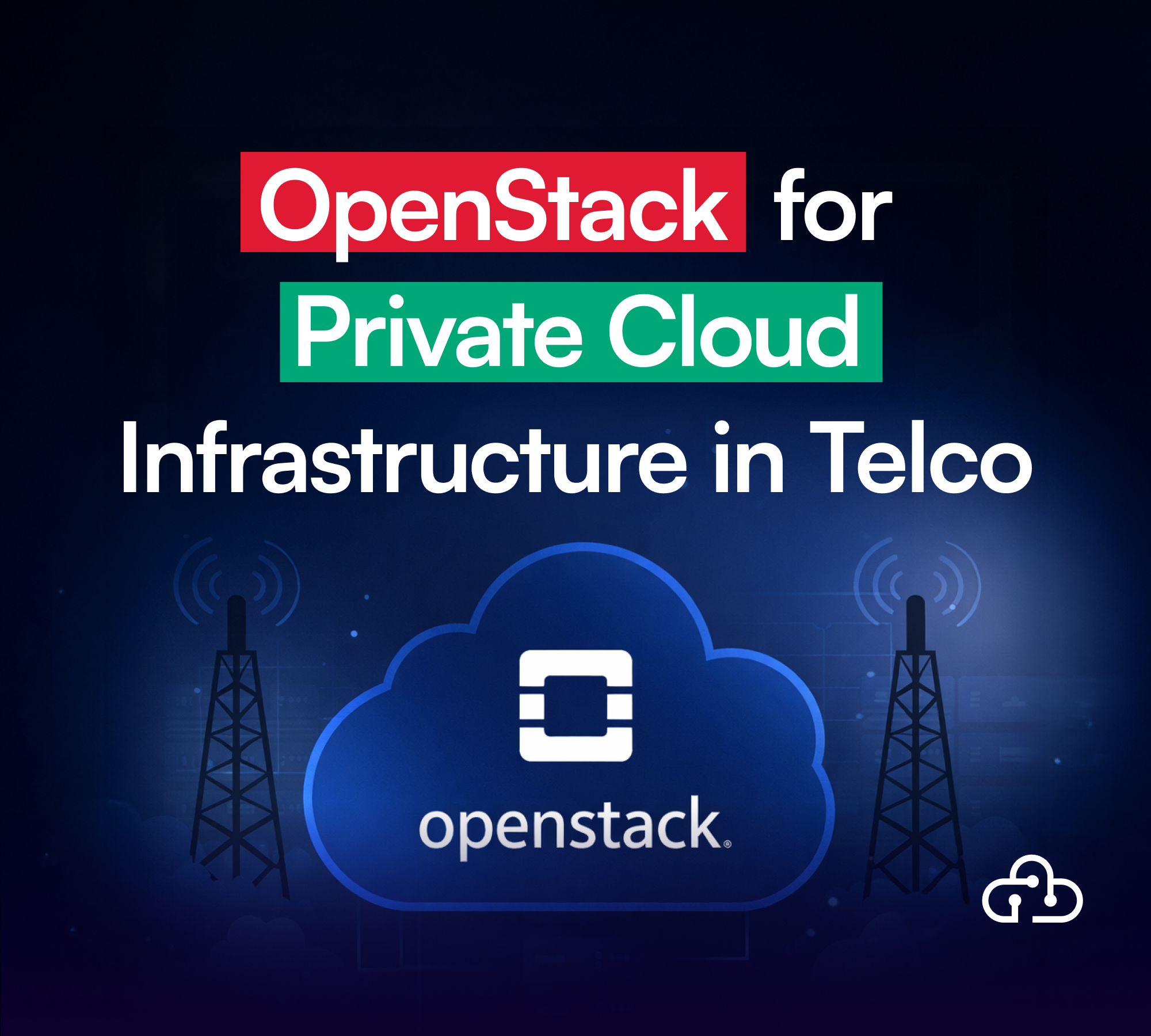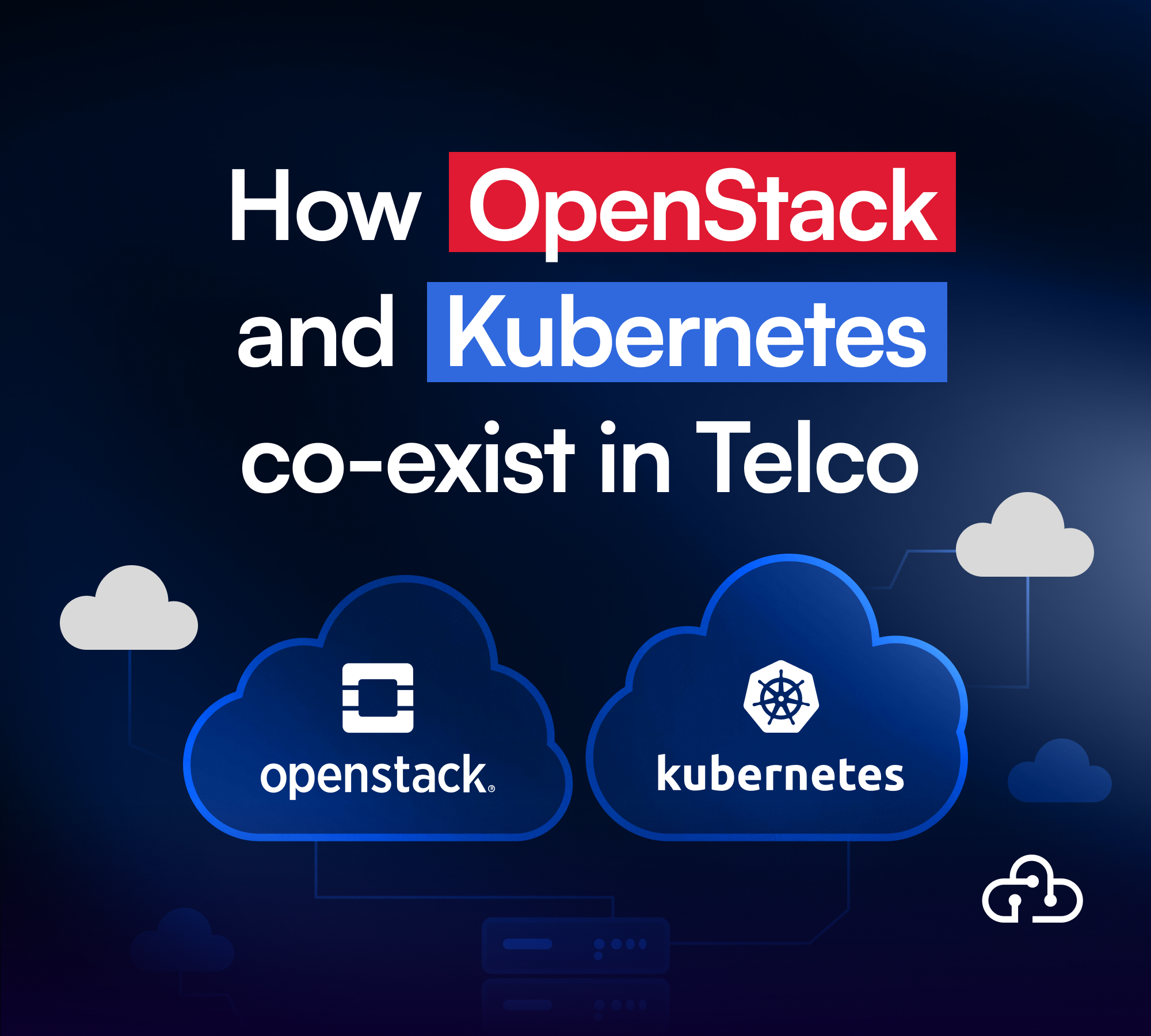One of the exciting things about being part of a fast-growing industry, is the constant transition from a hot trend to a hotter one in a short period of time, watching what once was thought to be unachievable, evolve from just an idea to a seriously adopted reality in what feels like a fortnight, knowing that there’s always something to look forward to. Thanks to the remarkable technological advancements and the brilliant minds behind them, this industry never settles down!
Today, I will walk you through some of the trends that are defining the telecom industry in 2023, in an attempt to appreciate how far we have come and to be ready for the future.
Enjoy your read!
5G Private Networks:
Private 5G networks are leading the 4th industrial revolution by providing low latency, high reliability, and secure wireless connectivity. The global private 5G network market size is expected to expand at a compound annual growth rate of 49.0% from 2022 to 2030. This is both outstanding and justified given the increasing demand for quality of service, industry actors can only meet using 5G.
A private 5G network is a wireless local area network that delivers more security, flexibility, and better internet connectivity to operators, industrial companies, and a variety of other types of businesses & enterprises. There are many advantages of using non-public 5G networks: greater bandwidth and lower latency, increase in the number of devices connected to the network. The latter is one of the reasons 5G is necessary for many IoT applications.
Having said that, IoT isn’t the only technology 5G is impacting. The use cases for 5G vary from Augmented Reality and Virtual Reality (AR/VR) to healthcare, Autonomous Mobile Robots (AMRs), smart cities, and more things that we used to think only served as material for sci-fi movie writers.
Open RAN:
Open RAN or Open Radio Access Network is the new way mobile networks are deployed. Following a disaggregated approach based on cloud-native principles, Open RAN is a crucial part of wireless communication.
Open RAN leverages a non-proprietary version of the RAN system, and it’s needed to overcome the drawbacks of the latter by separating hardware from software, giving telcos more freedom to seamlessly integrate hardware and software components from different vendors.
Along with that, Open RAN facilitates and speeds up the implementation of 5G networks, lowers the overall costs of infrastructure, and improves network performance.
Software Infrastructure:
OpenStack is an open-source cloud computing platform that has gained massive popularity over the past few years, and it’s used for both public and private clouds.
The reasons why OpenStack is one of the hottest trends are numerous. It improves business agility, increases infrastructure flexibility and resource availability, and gives you control over the number and nature of your app's functions and services.
OpenStack is used to create and manage public and private clouds, build virtual machines (VMs) and containers, and it can also be used as a storage solution.
Network Slicing:
Network Slicing is a crucial component of 5G. The concept behind slicing has been around for a while and was able to fully come to light thanks to Software Defined Networking (SDN).
The power that slicing adds to the network is the ability to meet the different requirements of different services while saving the cost and maintenance of building separate physical networks for each service.
Edge Computing:
Edge computing leverages distributed computing ecosystem that’s being adopted by businesses and telecom providers alike, allowing them to process, analyze, and store data closer to the source where it was generated guided by its data gravity pull.
This emerging technology provides more security, better reliability and data management, and reduced latency. Edge computing has several applications across various industries, including healthcare, smart homes, gaming, and traffic management.
Internet of Things (IoT):
In short, the term IoT refers to connecting smart devices to the internet and to other connected devices, creating an ambient network of connected “things” that collect and share data. With a global market projected to grow to $2,465.26 billion by 2029, this technology is undeniably a hot trend that isn’t going away anytime soon.
IoT is impacting and revolutionizing the way many crucial operations are done, and giving the chance for ground-breaking ideas to see the light. For instance, connected cars, cities, healthcare, security, manufacturing, and so much more!
Conclusion:
Whether it excites you or scares you, working in an ever-changing industry requires constant upgrades to make sure you’re not falling behind, and a strong foundation for your company is what you need to set your mind at peace
When the company’s engineers, architects, and technicians are reliable and skilled, they will ride every new wave perfectly and keep you sailing forward even on stormy days.
If upskilling or reskilling your teams is something your company needs, check out our catalog of hands-on telco cloud labs, pick the right technologies for your needs, and start getting your teams ready for current and future trends.
Talk to you soon!





%20copy%204.png)